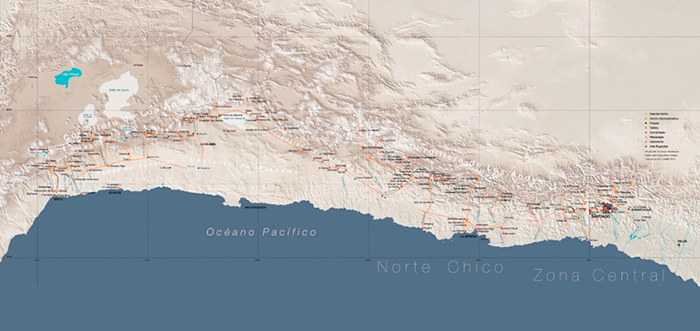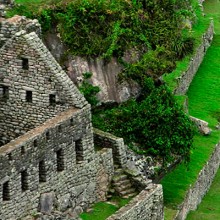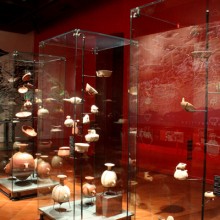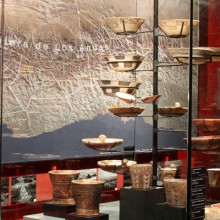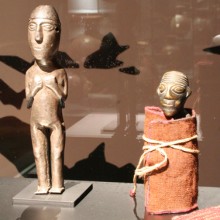Chile under the Inka Empire – 2009
The conquest of Chile
The Inka Topa Yupanqui conquered central Chile and his son Huayna Capac consolidated inka rule here
It is most likely that the Inkas conquered Chile as they did the rest of their empire: First came the soldiers and diplomats, arriving on foot along the local paths, as the great Inka roads had yet to be built. An Inka official or emissary would demand peaceful submission from the local chief. If he accepted, an alliance was sealed with gifts of fine textiles and quero cups. If not, the locals would be threatened with total annihilation. Once an area was conquered, the Inkas would send architects, road engineers and officers to determine the territory boundaries, and to introduce the mita system. Only then was it possible to send mitimaes to the area or to recruit local mitimaes to send to other parts of the empire. This stage marked the beginning of a regular flow of goods, officials and soldiers, often en route to more distant parts. At the time of the Spanish conquest, the Inka occupation of Chilean territory included around 200 settlements, cemeteries, mines and ceremonial sites. All of these were located in what is today the northern eight regions of Chile, covering a thousand miles (1,800 km) of territory southward from the Lluta valley almost to Rancagua. Further south, the Inka only made incursions and sporadic contact – perhaps because local settlement patterns did not accommodate Inka domination or simply because the region lacked the mineral resources that most interested the Inkas. Another possible limit to Inka expansion may have been resistance from the Araucanian warrying peoples.




































